New method improves assessment of leg dystonia in children
The research, published in Annals of Neurology, is expected to help doctors diagnose and treat the disorder earlier and more effectively.
.jpg) MATT MILLER / WASHINGTON UNIVERSITY SCHOOL OF MEDICINE
MATT MILLER / WASHINGTON UNIVERSITY SCHOOL OF MEDICINE
Indian-American neurologist Bhooma Aravamuthan led a study that introduces a more accurate way to assess leg dystonia, a common complication of cerebral palsy in children.
The research, published in Annals of Neurology, is expected to help doctors diagnose and treat the disorder earlier and more effectively.
Also Read: New study reveals lifestyle change can prevent brain disease
Aravamuthan’s team found that variability in how a child’s legs move toward the body’s center while seated strongly correlates with the severity of dystonia. The approach offers physicians a reproducible and objective diagnostic tool.
“An overarching goal of this work is about standardizing dystonia assessment by quantifying diagnoses that were previously based on doctors’ gut feelings,” said Aravamuthan, a pediatric movement disorders specialist and assistant professor of neurology at Washington University School of Medicine in St. Louis. “These results can be immediately put into clinical practice to help guide treatment selection for children with cerebral palsy and ultimately improve patient outcomes.”
Eight pediatric movement disorder specialists evaluated videos of 193 children with cerebral palsy, confirming the reliability of the method. “We were able to establish concrete guidelines that physicians can use today to evaluate dystonia more accurately,” Aravamuthan said. “That will make treatment better for our patients as well as support drug development and future research.”
In addition, her team explored the biology of dystonia in mice. They showed that sustained overactivity of striatal cholinergic interneurons — brain cells involved in motor control — could trigger dystonia-like symptoms. Mice with such neural excitation displayed leg movement variability similar to that seen in children. The findings suggest that early intervention to reduce this overactivity could help prevent dystonia rather than only treating it after symptoms appear.
“We know from the clinic that it takes weeks, months or sometimes even years after brain injury for someone to develop dystonia,” Aravamuthan said. “Our work in mice suggests that if you give medications early and prevent chronic excitation of these neurons, you may prevent dystonia from happening.”
Aravamuthan was born to Lakshmi and Rajagopalan Aravamuthan. Her mother is an artist whose work has been featured on national platforms in India, while her father overcame hardships in rural India to become a chemical engineering professor in the United States.
She studied neuroscience at the University of Oxford as a Marshall Scholar, earning her doctor of philosophy in 2008. She later completed her medical degree at Washington University in St. Louis in 2012, pediatric residency at St. Louis Children’s Hospital, and advanced training in child neurology and movement disorders at Boston Children’s Hospital. Inspired in part by her uncle’s diagnosis with Parkinson’s disease, she returned to Washington University as faculty in 2018, where she now leads research in dystonia and cerebral palsy.
ADVERTISEMENT
ADVERTISEMENT
E Paper
Video




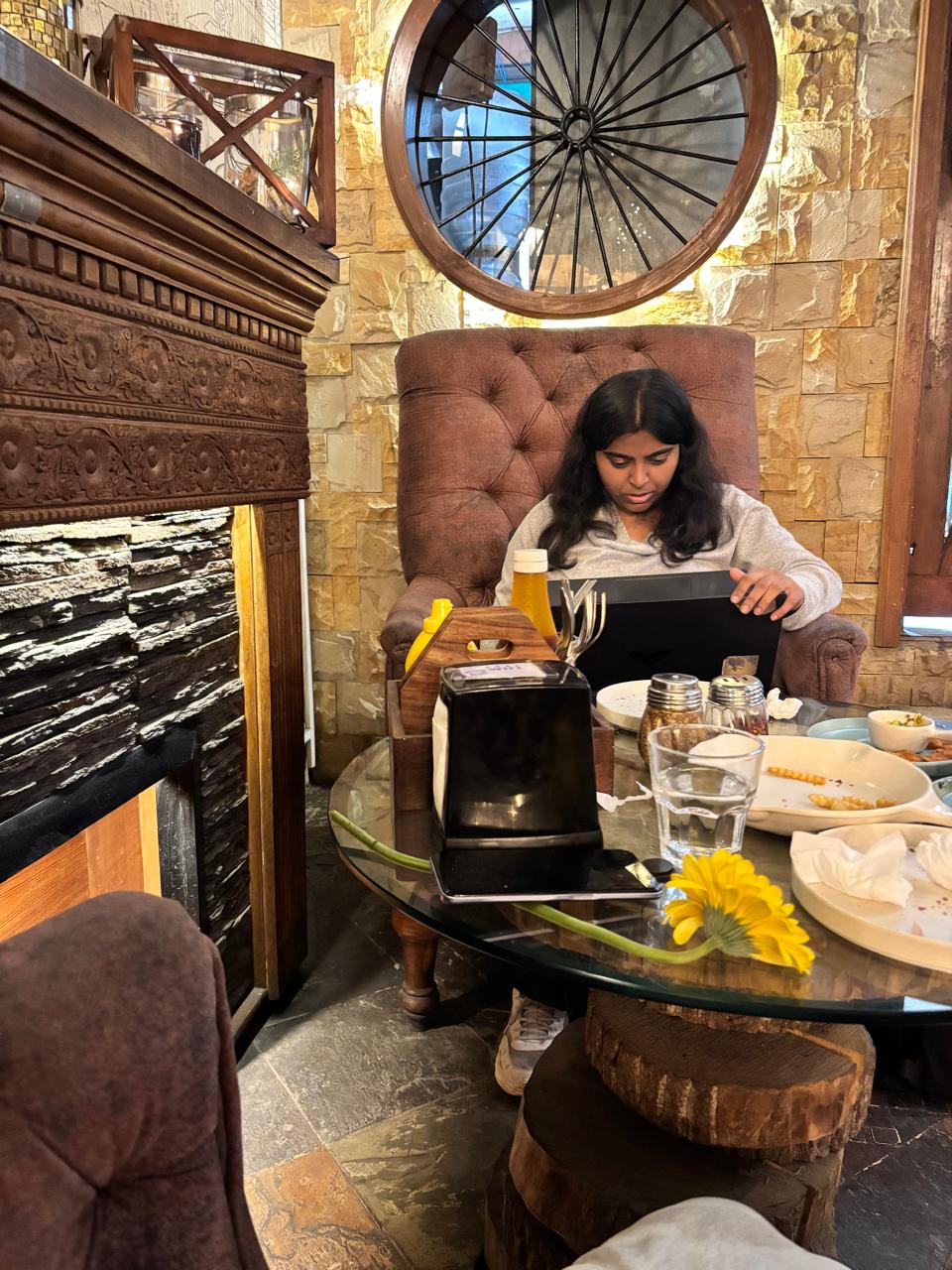 Malvika Choudhary
Malvika Choudhary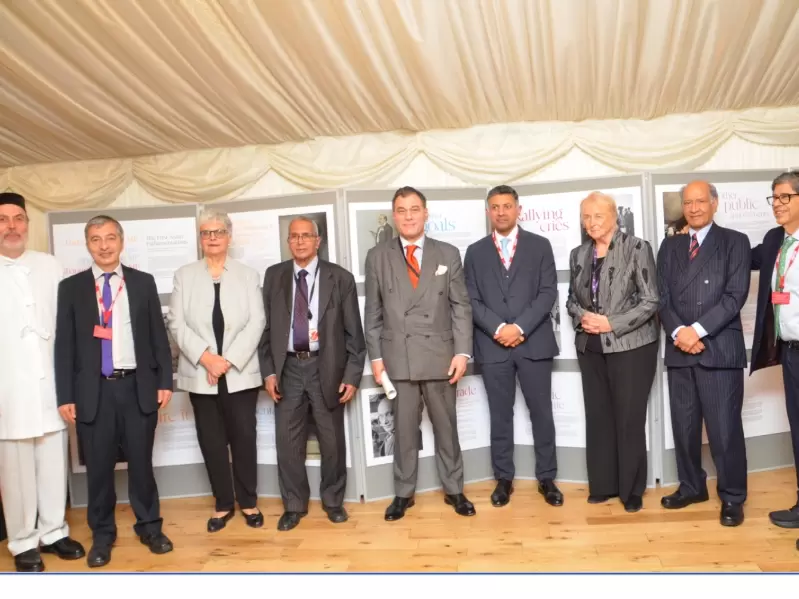


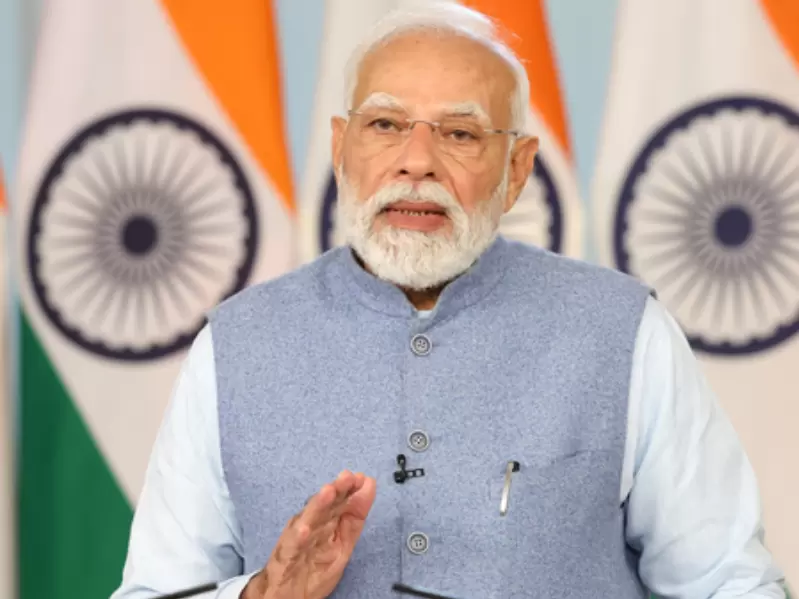

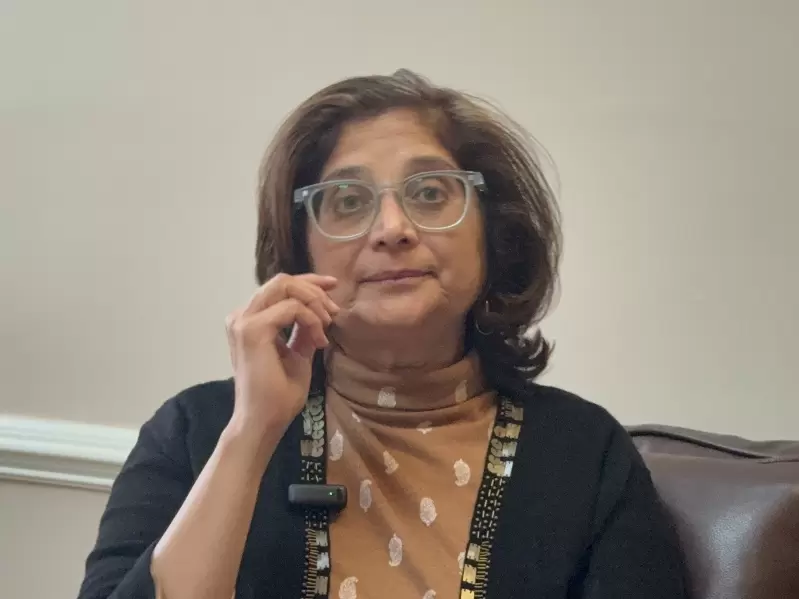
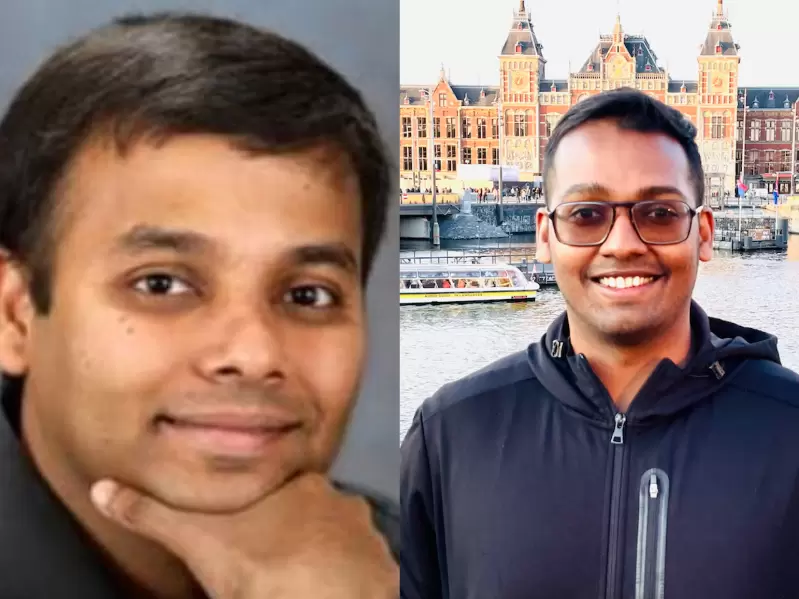
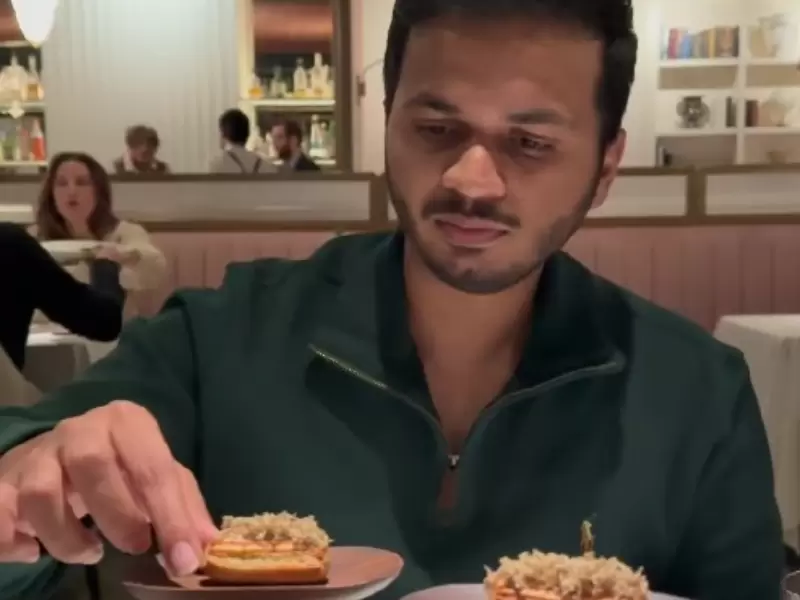

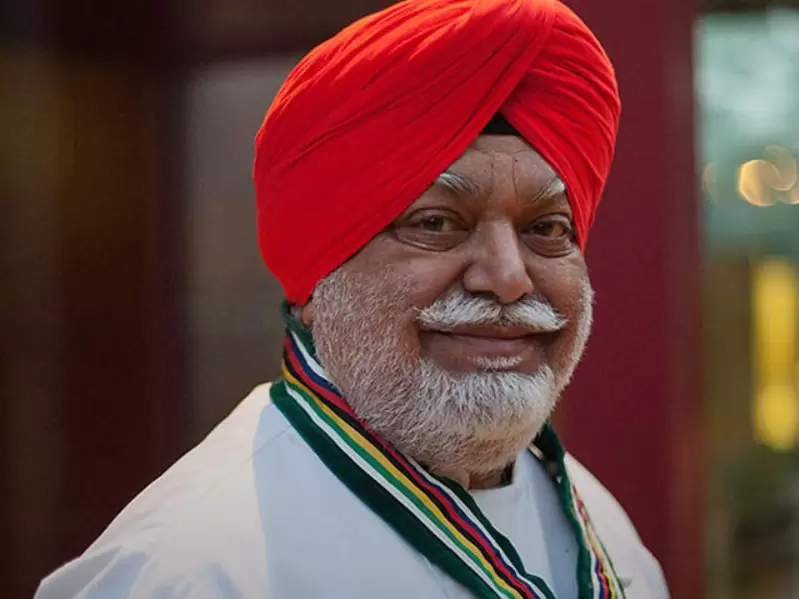

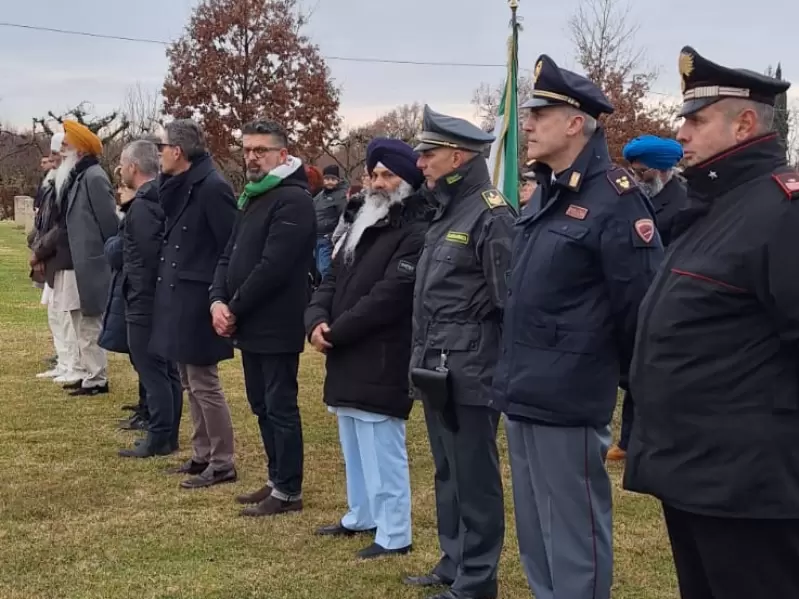

Comments
Start the conversation
Become a member of New India Abroad to start commenting.
Sign Up Now
Already have an account? Login